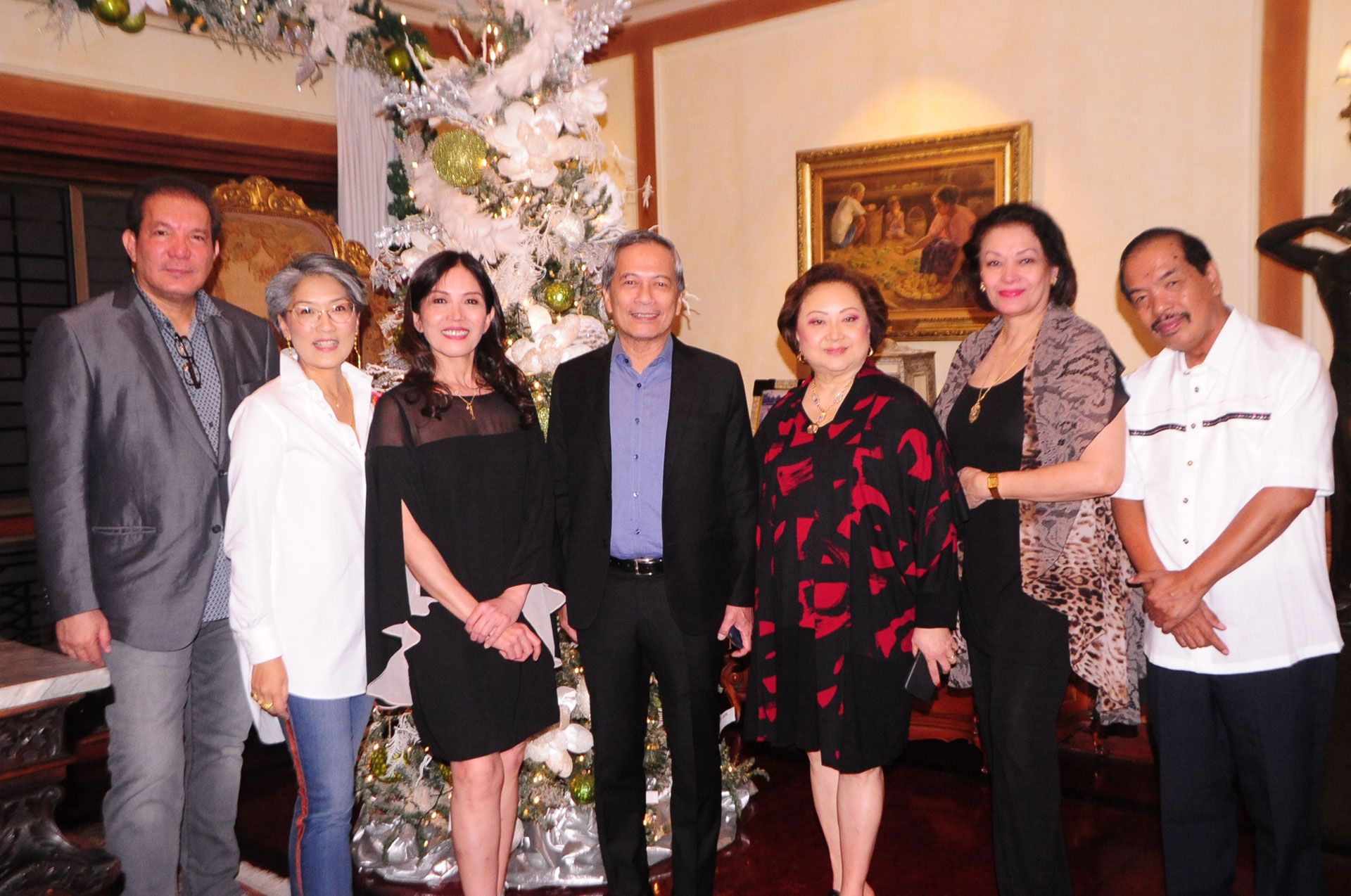With a career spanning over half a century, the world-renowned pianist shares her thoughts about the joy of performing – and how humanity, humility, passion, and perseverance come into play with every performance
She has been referred to by the international music community as “the pianists’ pianist”–an artist worthy of both admiration and emulation–because of the virtuosity and passion she exudes in each and every performance. Indeed, award-winning pianist Cecile Licad doesn’t just want to leave audiences in awe, but would rather that they be inspired to become virtuosos themselves, inspired to practise by her work.
Licad was recently in the country for a slew of magnificent performances at the Manila Polo Club; at the famed Molo Church and the Nelly Garden in Iloilo; the CAP Auditorium in Baguio; and at the Gerry Roxas Foundation Auditorium in Roxas City.
Discovered as a musical prodigy at a very early age, she began her piano studies at the age of three with her mother, Rosario Buencamino-Licad, and later with the famed pedagogue Rosario Picazo. Licad also has the distinction of being the youngest woman to ever win the prestigious Leventritt Gold Medal when she was only 19. Over half a century on, she has performed with some of the world’s greatest orchestras and has earned critical acclaim for several recordings. Her most recent release, American Landscapes (the third volume of her Anthology of American Music) has received rave reviews from critics overseas.
We at Philippine Tatler recently had the honour and privilege of catching up with this living treasure of the musical industry.

You were recently in Iloilo where, as we understand, you performed at a benefit concert in 1975 when you were 14. How did it feel to come back as an established artist?
I don’t really think of myself as established; in fact, I still feel like a child when I’m playing even now that I have 50 years of experience in playing the piano. Of course, it’s different now that I’ve lived many years – I don’t even remember what I did at 14!
I just play [music], because I like to play: it is my vocation. For me, it’s like breathing or eating: it’s a natural process. The more I play, the more joy I have – like the feeling I had when I played [recently] at Molo Church which, from where I sat, seemed even bigger than the Vatican. I had this little piano, and I wondered how to project my feelings to those listening.
I’m not going to resort to any theatricality, but I have to really feel the music inside and I have to express it without caring about who else is listening. [First and foremost,] the music has to affect me. I pray that people get it; and it feels like a miracle whenever I am able to project [my emotions] without trying too hard. I just get into a zone where all I think about is the music.


